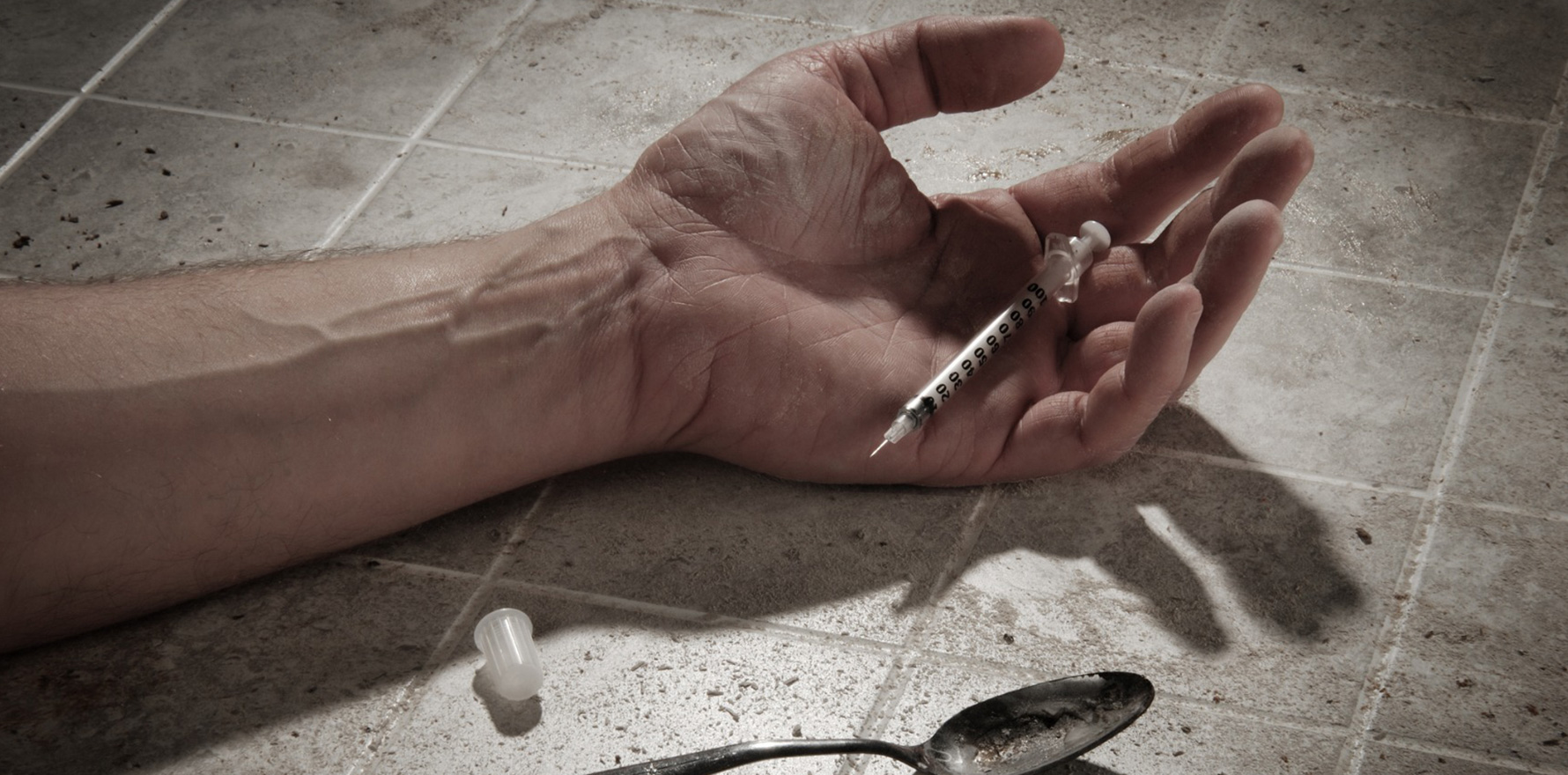Drug researchers are issuing a fresh warning on nitazenes, a class of synthetic opioids that can be more potent than fentanyl.
Just as signals emerge that Melbourne’s illegal drug supply is being contaminated with potent synthetic opioids, the state government has announced it will not be going ahead with a key harm-reduction initiative.
The new class of drugs, nitazenes, have been implicated in two recent overdose deaths in the state.
In both instances, the deceased persons were apparently unaware that they were taking a synthetic opioid; one believed he was injecting heroin and one believed he was taking MDMA.
Last month, two Victorian coroners recommended the state government take action by launching a drug checking trial akin to the one later announced in NSW.
Nitazenes have so far been implicated in the deaths of at least 16 Victorians and are featuring in a growing number of overdoses in the UK and US.
Nitazenes have also been detected in counterfeit medicines entering Australia.
Like fentanyl and oxycodone, nitazenes started life as candidate drugs for a pharmaceutical company.
Unlike fentanyl and oxycodone, nitazenes never got beyond the testing phase due to their poor safety profile.
Potency is extremely variable. Some forms of nitazenes are less powerful than fentanyl, but in most cases they will be similar to or stronger than fentanyl.
Monash University addiction researcher Professor Suzanne Nielsen told The Medical Republic that it may be helpful for GPs to be aware of the changing patterns in illicit drugs.
“If they are discussing harm reduction interventions, it’s worth ensuring that patients are aware of these risks,” she said.
Since mid-2022, overdose reversal drug naloxone has been available over the counter for free for anyone who may experience or witness an opioid overdose.
“You don’t have a lot of time to intervene with these very strong opioids, so making sure that people have naloxone and they know what to do with it is really critical,” said Professor Nielsen.
The other thing to keep in mind, she said, was where patients were sourcing pharmaceutical drugs from, given that counterfeit pain medicines sold over the internet had been found to be contaminated with nitazenes.
“If one of your patients says that they’ve sourced medications from the internet, it is really worth having a discussion around the issues with falsified medications, particularly that we don’t know what these medications contain,” said Professor Nielsen.
“Often they look very similar to the original products, down to the product packaging, and you may not be able to easily detect that you’ve been sold falsified medicines.”
RACGP addiction medicine spokesman Dr Hester Wilson said that the presence of nitazenes in Australia was “of great concern”.
“The bottom line is that people don’t use to come to harm,” she told TMR.
“They use … for a whole heap of reasons, but certainly not because they want to hurt themselves.
“Certainly from our point of view, it is a concern that this mis-selling is going on.”
Despite the call for increased harm reduction measures to combat nitazenes, the Victorian government announced on Tuesday morning that it would not be proceeding with a second supervised injecting room in central Melbourne.
The original Victorian supervised injecting room in North Richmond will continue to run.
“The government has been unable to identify a suitable site that balances the needs of people who use drugs with the needs of the broader CBD community, so a second supervised injecting service won’t proceed,” Premier Jacinta Allan said.
In its place, Ms Allan has committed to a statewide action plan to tackle opioid overdoses.
It will cost $95.11 million and include a new community health service in the CPD, which will be a “gateway for wraparound health and social support services and will provide comprehensive case management for the most vulnerable people”.
Despite the fruitless search for a suitable second injection site taking several years, the new community health hub clinic already has an address: 244 Flinders Street.
Related
Professor Nielsen said she was “very, very disappointed” that the government opted against opening the second injecting room.
Dr Wilson also expressed her disappointment with the decision.
“They are going to put extra money into treatment services – brilliant,” she said.
“But I would say that medically supervised injecting centres are actually a treatment service.
“They work with the most vulnerable and the most marginalised in our communities … people that are not currently treatment seeking, whose lives are chaotic and who cannot access mainstream services.”
Evidence from the long-running Kings Cross injection centre has shown that patients are able to form strong therapeutic alliances through access to treatment at an injecting centre, Dr Wilson said.





